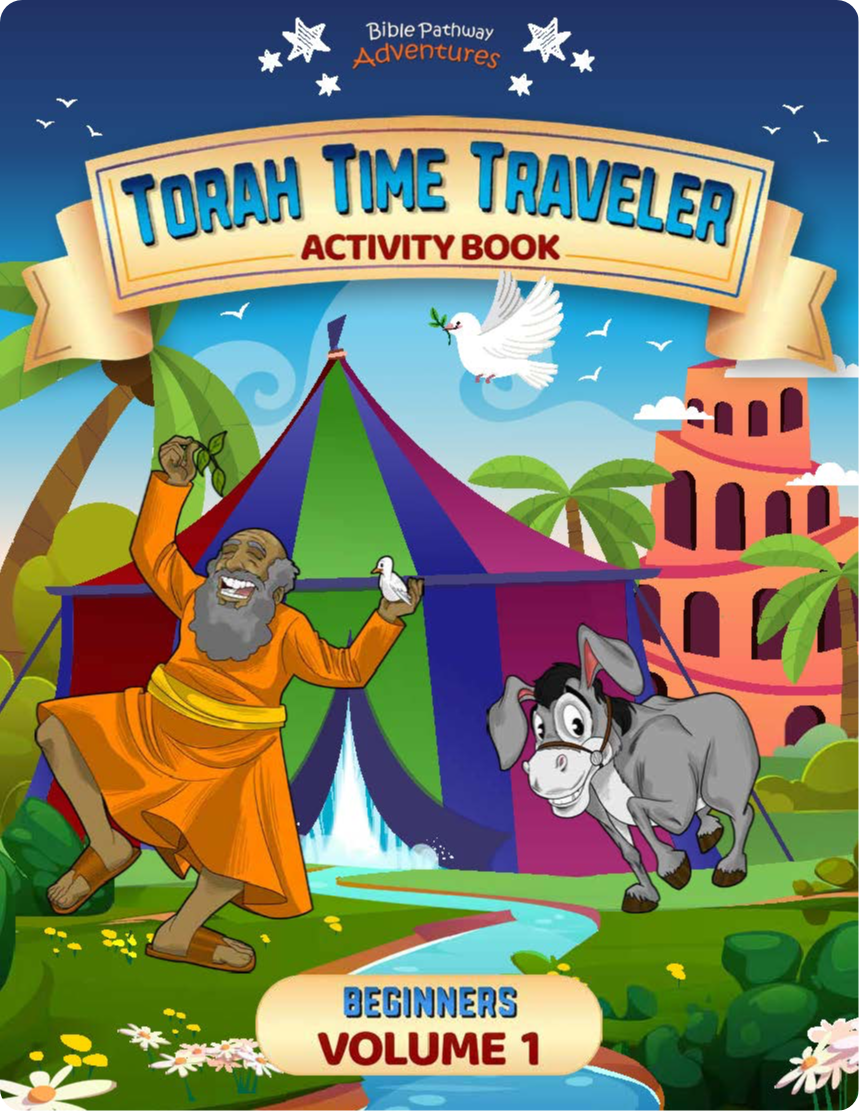How the Israelites came to Egypt
Long before Moses and the plagues, there was Joseph, one of the twelve sons of Jacob (also called Israel). Joseph’s story is one of betrayal, faith, and Yah’s plan for His people. Joseph was Jacob’s favorite son, and this caused jealousy among his brothers. They sold him into slavery, and Joseph ended up in the land of Egypt. Through a series of events, including interpreting Pharaoh’s dreams, Joseph rose to become the second-most powerful man in Egypt, in charge of storing food during a great famine. When famine struck the land of Canaan, Joseph’s brothers traveled to Egypt to buy food. They didn’t know that the man in charge was their brother! Eventually, Joseph revealed his identity and forgave them, bringing his entire family—70 people in total—to live in the land of Goshen in Northern Egypt.

Joseph’s brothers became the patriarchs of the 12 tribes of Israel. Their descendants multiplied over the years, becoming so numerous that the Egyptians began to fear them. A new Pharaoh, who didn’t remember Joseph, enslaved the Israelites and forced them into hard labor. This set the stage for Yahweh’s miraculous rescue of His people through Moses and the ten plagues. Kids can learn more about the story of Moses in our Moses and the Ten Plagues Activity Book, filled with fun and educational activities!
Yahweh's power over Egypt: The ten plagues
The ten plagues of Egypt were more than just dramatic events; they were a purposeful display of God’s power and authority. Each plague targeted Pharaoh’s pride and the false gods worshiped in Egypt, revealing that the God of Israel alone is the true and living God. These miracles were both a judgment on Egypt’s idolatry and a lesson for the Israelites, showing that God was faithful and mighty to save.
The gods of Egypt and the ten plagues
Egyptian life revolved around a pantheon of gods and goddesses who were believed to control every aspect of their existence. The Nile River, weather, crops, livestock, and even the sun were all associated with specific deities. Pharaoh himself was considered a divine figure, ruling as a god on earth. These deities appeared powerful, but the plagues revealed their inability to protect Egypt when the true God acted. Learn about the ten plagues of Egypt with our 10 Plagues of Egypt Memory & Match Card game!
Plague by plague: A direct challenge
Each plague was carefully chosen to demonstrate Elohim's power over Egypt’s gods:
- Water to Blood (Exodus 7:14-25): The Nile River was Egypt’s lifeline, providing water for drinking, farming, and transportation. When God turned its waters to blood, fish died, and the river stank. This humiliated Hapi, the god of the Nile, who was supposed to ensure the river’s health and fertility.
- Frogs (Exodus 8:1-8:15): Frogs were everywhere—inside homes, beds, and ovens! The Egyptians associated frogs with Heqet, the goddess of fertility, who had the head of a frog. Instead of blessing Egypt, frogs became a plague, mocking Heqet’s supposed power.
- Gnats or Lice (Exodus 8:16-19): Dust from the ground turned into gnats, covering people and animals. This was a challenge to Geb, the god of the earth, who was believed to protect the soil and its creatures.
- Flies (Exodus 8:20-32): Swarms of flies invaded Egypt, filling homes and ruining food supplies. This targeted Khepri, the god of creation and rebirth, symbolized by the scarab beetle.
- Sick Cattle (Exodus 9:1-7): A terrible disease struck Egypt’s livestock, killing cattle, horses, donkeys, and camels. This plague humiliated Hathor, the goddess of love and protection, often depicted as a cow.
- Boils (Exodus 9:8-12): Painful sores broke out on people and animals, and no one in Egypt escaped. The Egyptians revered Imhotep, the god of medicine and healing, but he could not stop the suffering.
- Hail (Exodus 9:13-35): A fierce storm of hail and fire rained down, destroying crops, animals, and homes. This was a direct attack on Nut, the goddess of the sky, and Seth, the god of storms.
- Locusts (Exodus 10:1-20): A swarm of locusts devoured every plant and crop left after the hail. This devastated Egypt’s food supply and showed the weakness of Osiris, the god of agriculture and fertility.
- Darkness (Exodus 10:21-29): For three days, darkness covered Egypt, even during the day. This was a direct blow to Ra, the sun god and one of Egypt’s most important deities. Pharaoh himself was believed to embody Ra’s power, yet neither Pharaoh nor Ra could restore the light.
- Death of Firstborn (Exodus 12:29-36): The final plague struck Egypt’s most cherished—the firstborn of every household, including Pharaoh’s son. No Egyptian god, not even Pharaoh himself, could prevent this judgment. This plague showed God’s ultimate authority over life and death.
The ten plagues were not just punishments for Pharaoh’s refusal to let the children of Israel go. They were also lessons for both the Egyptians and Israelites. For the Egyptians, the plagues revealed the futility of their idols and the limits of their gods. No prayer or sacrifice to Hapi, Ra, or any other deity could stop Yahweh’s mighty hand. For the Israelites, these events proved that God was faithful and powerful. The plagues reminded them that Yah, the Elohim of their ancestors, Abraham, Isaac, and Jacob (Israel), was in control.





